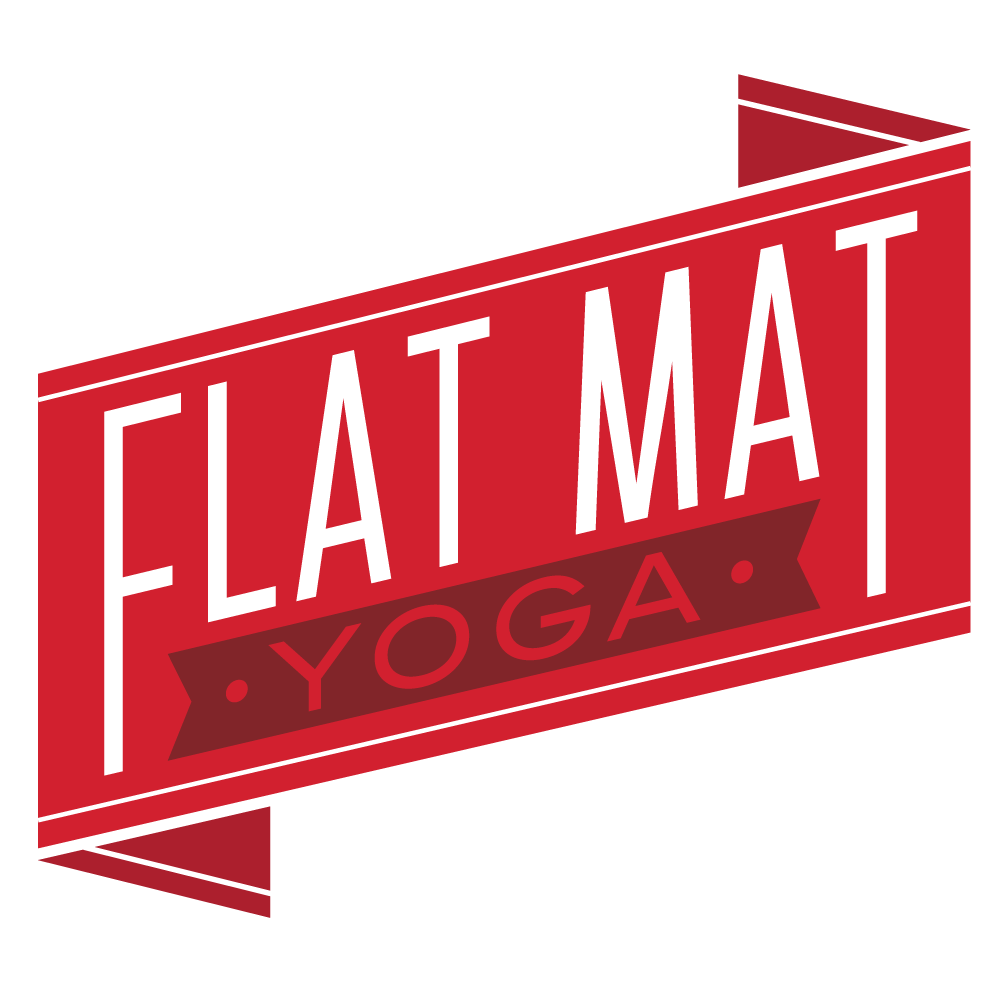When was the last time you stretched or released your psoas? Hint: if it wasn’t during this past week, you probably aren’t paying enough attention to it. (And if you’re not familiar with where your psoas is and what it does, don’t worry–you’re about to find out.) 
A quick nerdy anatomy lesson: your psoas originates along the sides of the lower part of your spine, and ends at the top of your thigh bones. This means that these guys are muscles that affect your low back and your hips, both pretty important body parts for skaters. Your psoas is one of your primary hip flexors–in other words, one of the muscles you use to lift your leg closer to your chest, like when you’re walking up stairs. It helps with other movements, too, but I want to focus on this one for now.
Why? Because most of us spend a lot of time contracting the psoas, as we’re either sitting for 40+ hours a week, or spending 6+ hours a week in derby stance. (Or both!) Which means that because our muscles work in opposing pairs (as one shortens, another one lengthens), the psoas is staying contracted while the glutes (the biggest butt muscles) and backs of thighs lengthen. Since we’re looking to keep things in balance, it only makes sense to pay attention to the muscles that are continually being shortened, right?
With that in mind, I want to introduce you to my absolute favorite release for the psoas. I’ve only had one student who didn’t feel the immediate benefit of this, and that was because he’s someone who already focuses on lengthening his psoas daily!
Why?
- There’s a good chance that your psoas could use a little release/lengthening with all of the time you spend in derby stance.
- Keeping the psoas flexible can help relieve and prevent low back pain.
- Because deeper hip openers like pigeon pose require openness at the hip flexors to do them safely.
What to watch for:
- Be sure that the block (or book) is under the back of your pelvis! The top edge of your pelvis should line up with the top edge of the block. You want bone to the the main resting on the block, not your low back or your butt.
- The foot of the extended leg does not move when you try to slide your heel away from the floor.
When to practice this pose:
- After skating.
- Anytime, really! If your psoas is shortened from being contracted frequently (due to sitting, squatting), this will help release and lengthen it, and the pose doesn’t require warming up.
Alternatives:
- If you’ve got low back issues and resting the back of your pelvis on a block will cause pain there, try doing this with your back on the floor. I’ve found that I need to focus a little more to activate the psoas in that position, but it is possible. (You could also try working with your foot a few inches off the floor in this case, but make sure it’s still firmly planted on the wall.)
— Anatomical image by Stephanie Cost.
